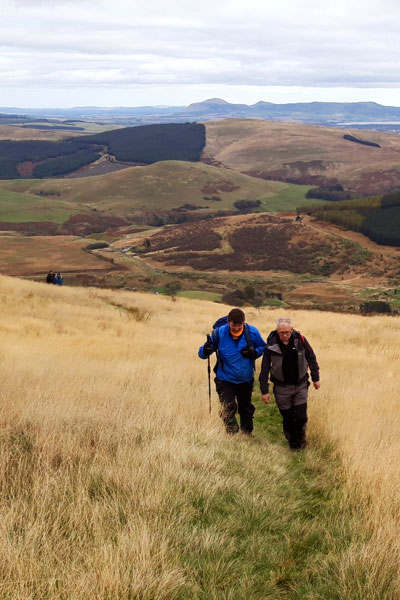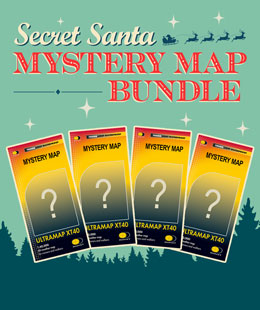December 2020 - Navigating 2020 and beyond
by Nigel Williams

The book "Wayfinding" by Michael Bond sparked much thought about how we learn to navigate and wayfind. As a toddler, frequently the first experience of being lost is in a supermarket or shop. Our spatial awareness has not yet developed to enable us to even point in the direction of the car park. Yet, over time, in the outdoors, we can develop our cognitive map to help us operate in the hills in winter, supressing the fear of being lost as we develop confidence in both remote terrain and our ability to use the tools of navigation. A prime example of this development is evident in the central London cabbies who spend 4 years learning "The Knowledge", 60,000 streets and over 100,000 point of interest. They never use a GPS but develop an unusually large hippocampus, the part of the brain that manages our map memory and cognitive navigation capabilities. Neuroscientists are planning further studies of cabbies neurological powers over the next few years.
Some recent experiments indicate that the earliest humans may at one time have been able to detect magnetic fields that gave them a sense of direction similar to some animals and birds today. It may be a lost capability. Do some people still have it though - for example water diviners?
There is now a considerable amount of research to suggest that men and women are equally capable of navigating. They just do it differently. In one experiment, navigating a route using a 3D map, women completely outshone men, whereas the men outshone the women with the 2D traditional map (invented by men of course). It seems women use landmarks and visual clues, noticing their surroundings more than men. Men tend to be more aware of distance and direction information. Actually the reality is that most of us use a mixture of both but may have a bias one way or the other. The future may see a much wider range of mapping being available to suit different people and purposes.
I covered GPS in a recent blog, but as we reach the final Brexit outcome the UK has already left the European Space Agency, responsible for the European GPS satellite system Galileo. We still have recreational access to it on our devices but access to the high end military capabilities may be limited in future. The government now plans to develop a next generation UK GPS system of satellites. A few other nations have a GPS satellite system limited to their country only. Our reliance on these systems is fundamental to our everyday lives and their vulnerability is becoming a serious issue. Mutually Assured Destruction (MAD) capability that used to refer to nuclear weapons is now emerging as a space strategy, hence the rapid development of space defence units in the major countries of the world.
On a more cheerful note, I'm sure most people are familiar with the term "desire line" when referring to footpaths that cut out a zigzag, particularly going downhill for example.
Well, Tristan Gooley, the guru of natural navigation has just come up with the term "Smile Path": a well worn curved path around obstacles like fallen trees, large puddles, etc.
Here's hoping we can all get back to navigating around the hills in 2021.
Return to the Navigation Blog
 FREE UK delivery
FREE UK delivery For Christmas delivery information
For Christmas delivery information 








